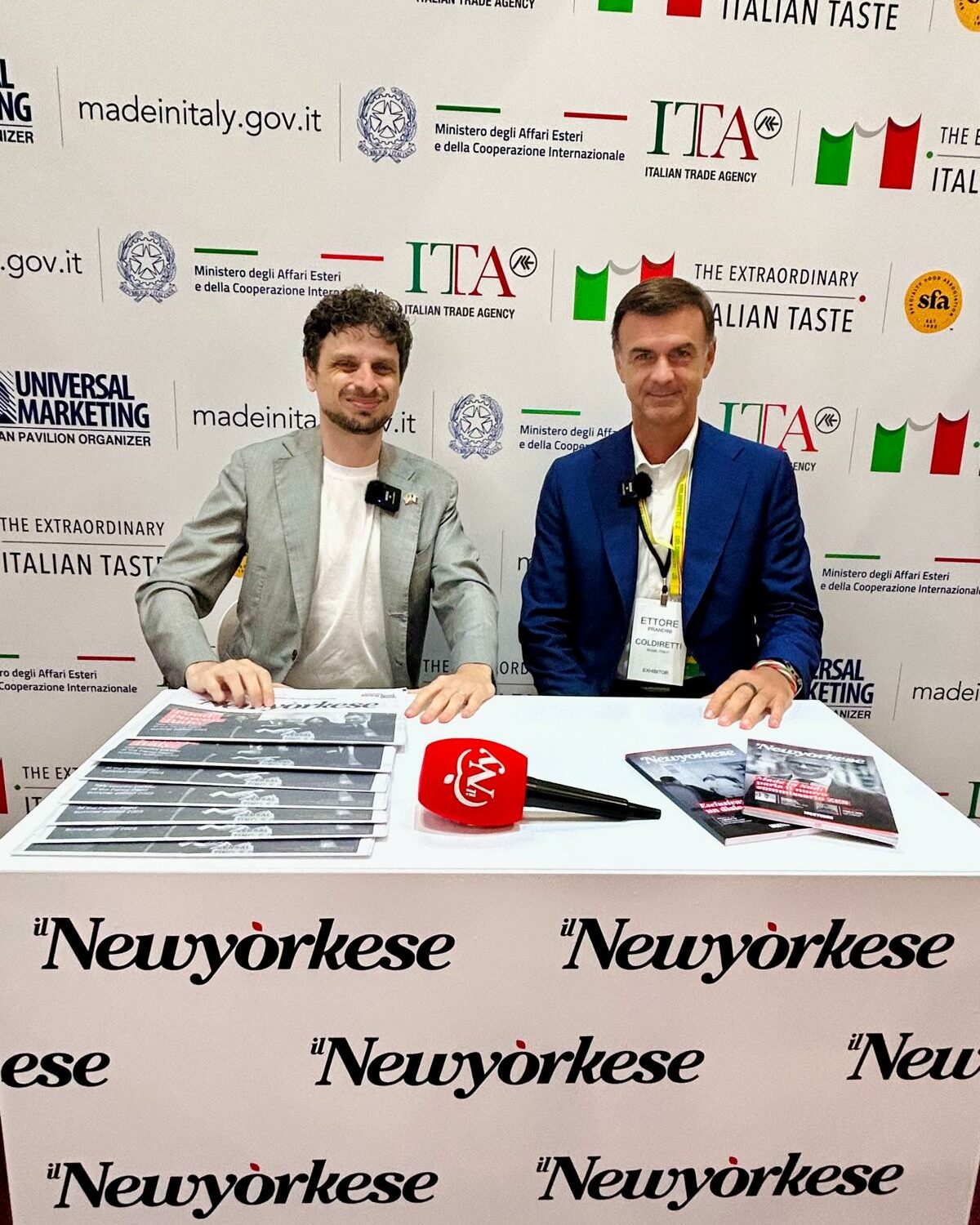On the occasion of the Fancy Food Show in New York, Coldiretti President Ettore Prandini talks about the strategic value of international farmers’ markets, the challenges of Italian sounding and the opportunities for Italian agribusiness in the United States. Between export records, new presence strategies and the central role of chefs and restaurateurs, the goal is clear: to make the U.S. the world’s top market for Made in Italy food.
President Prandini, let’s start right away with one of the operations that has been the most talked about here in New York: that of the Italian market in Union Square, a really interesting initiative that brought Coldiretti products directly to end consumers. What is behind this operation?
There is an awareness of the vital role farmers markets can play as an opportunity for both citizens and consumers. Today, globally, there are about 60 countries involved, with 200,000 participating households and 300 million citizens who routinely buy products through these markets. It is a model that enhances the short supply chain and the authenticity of the product.
One of the big issues brought up by Coldiretti-and one that is a real problem here in the United States-is that of “Italian sounding”: products that look Italian, but are not. Events like the Fancy Food Show make this ambiguity obvious. What is the strategy to counter it?
Being present at the New York Fancy Food is essential, but it is not enough to attend a trade show. You have to create awareness throughout the year, building an ongoing relationship with U.S. citizens. Of the total 120 billion euros related to the Italian sounding phenomenon, 40 are concentrated in the United States itself. This, on the one hand, represents a problem to be fought; on the other, it is also an opportunity, because it shows how much the American consumer wants to buy Italian agri-food products. Underlying this must be a serious investment on the part of institutions, accompanying our companies in their constant presence in this market, so as to increase the real value of exports. In 2024 we reached a historic record with 8 billion euros. We hope that in 2025, despite global tensions, we can reach 9 billion.
Despite duties and many alarms, the demand for Made in Italy continues to grow. Data from the first half of the year confirm this. What concrete actions can be put in place to help Italian farms enter the U.S. market more stably?
On the one hand, the role of the Italian Trade Agency is crucial, because it can provide professionalism that can adequately prepare for the arrival of our entrepreneurs, properly positioning products on the shelves, including in terms of value. On the other hand, the involvement of our chefs and restaurateurs is equally strategic: they represent a cultural communication platform that helps people understand the difference between an authentically Italian product – also in terms of food safety – and one that merely looks like one.If we succeed in working in this direction, we are convinced that the U.S. market can, within 3-4 years, become the first in the world in terms of export value of Italian agri-food products.
I ask you now: what are the next projects in the pipeline? Can you anticipate anything exclusively?
First of all, we want to continue to focus on the strategic role of farmers markets, because they represent a direct channel for communicating with citizens. In parallel, it is important to maintain a strong institutional, economic and commercial presence in all countries of the world, particularly enhancing those markets that we call “established.” This does not mean that they have reached their maximum sales potential, but that we have been working there for years and that there the quality of our products is already perceived. This allows us a better positioning, both in terms of value and recognition for the daily work of our entrepreneurs.
Perfect, President. Thank you for being with us at The New Yorker’s Box. See you next time!
Thank you!
The article Ettore Prandini: “This is how farmers markets become ambassadors of Made in Italy” comes from TheNewyorkese.

